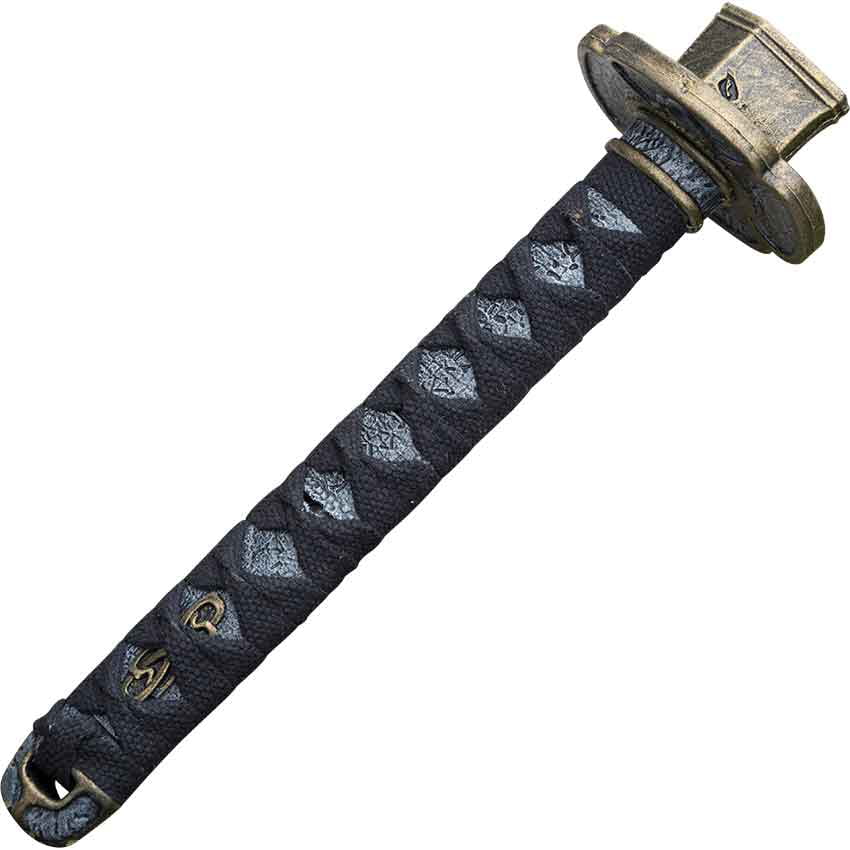

In addition, whether the front edge of the tip is more curved ( fukura-tsuku) or (relatively) straight ( fukura-kareru) is also important. The tip can be long ( okissaki), medium ( chukissaki), short ( kokissaki), or even hooked backwards ( ikuri-okissaki). The sword also has an exact tip shape, which is considered an extremely important characteristic. The shinogi can be placed near the back of the blade for a longer, sharper, and more fragile edge – or a more moderate shinogi near the center of the blade. The most prominent is the middle ridge, or shinogi. Below you can learn how the parts of the scabbard and and blade are called.Įach blade has a unique profile, mostly dependent on the smith and the construction method. Yokote: line between the tip of the rest of the blade.Tsuka: (Handle): Handle or grip that is wrapped with a cloth or string: the tsukaito.It’s a work of art in itself made by the clans and dynasties responsible for ‘tsuba’. Saya: (Scabbard): Sheath that protects the blade from damage and protects every person who comes close to the blade.
#KATANA HANDLE SKIN#
It used to be made of shark or ray skin to prevent slippage of Tsuka-Ito. Samé: (Ray skin): Tsuka (handle) backing.Sageo: (Hanging cord): Strap which attaches the scabbard to the belt.Nakago: (Shaft): Shaft of the sword that goes into the handle.Nagasa: Whole blade of the Katana (length).Traditionally used to indicate the nature of the sword holder. Menuki: small ornaments or sculptures (usually of animals) on the side of the handle.These pins must be durable, but flexible enough not to break the sword when it is struck. Mekugis: Bamboo pins that function as screws keeping the spike, “nakago” in place under the handle (tsuka).Mei: Signature of the dealer, usually on the Nakago (shaft).

Kissaki: (Point): Rounded tip of the sword, and the most difficult part to polish.Kashira: (Pommel): Pommel or knob found on the bottom of the handle.This is the part of the blade is not sharp. Mune: (Back): Back edge of the blade of the sword.



 0 kommentar(er)
0 kommentar(er)
